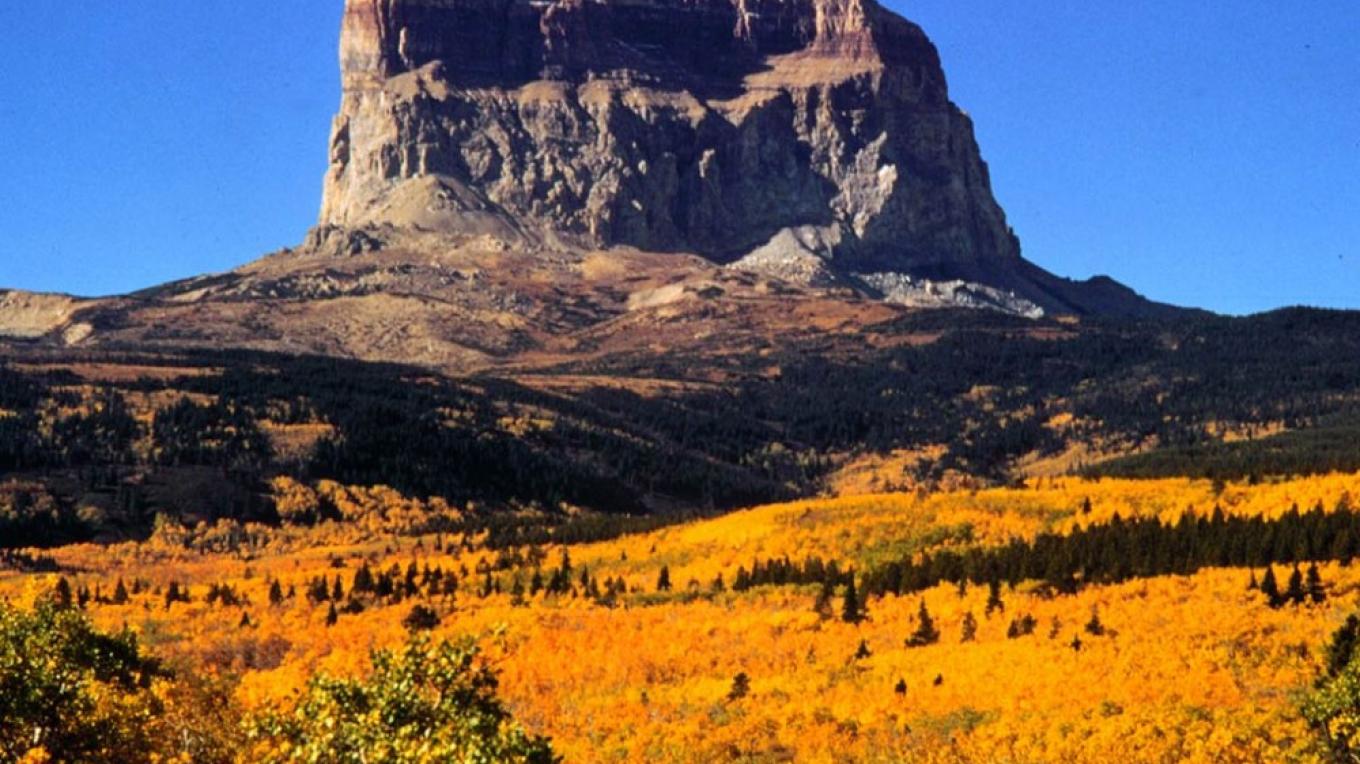Secrets Of Montana’s Ancient Indigenous Hunting Grounds

Have you ever wondered about the ancient hunting grounds of Montana's indigenous tribes? These lands hold stories of survival, skill, and deep connection to nature. Long before modern conveniences, tribes like the Blackfeet, Crow, and Salish roamed these vast landscapes. They relied on their knowledge of the land to track bison, elk, and other game. Montana's ancient indigenous hunting grounds offer a glimpse into a way of life that thrived for thousands of years. Exploring these areas today, you can almost feel the presence of those who once hunted here. Their traditions and techniques still influence modern hunting practices. Ready to learn more about these fascinating places? Let's dive in!
Secrets of Montana's Ancient Indigenous Hunting Grounds
Montana's vast landscapes hold secrets of ancient indigenous hunting grounds. These places tell stories of survival, culture, and connection to nature. Let's uncover some of these hidden gems.
1. Madison Buffalo Jump
Madison Buffalo Jump, a cliff used by Native Americans to hunt bison, offers a glimpse into ancient hunting techniques. The site, located near Three Forks, showcases how tribes worked together to drive herds over the edge.
2. First Peoples Buffalo Jump
First Peoples Buffalo Jump, one of the largest buffalo jump sites in North America, lies near Ulm. This site features a visitor center with exhibits on the history and culture of the Plains tribes who used it.
3. Wahkpa Chu'gn Archaeological Site
Wahkpa Chu'gn, near Havre, reveals layers of history dating back thousands of years. This site includes remnants of bison bones, tools, and other artifacts that provide insight into the lives of ancient hunters.
4. Pictograph Cave State Park
Pictograph Cave State Park, near Billings, contains rock art created by indigenous people over 2,000 years ago. The caves served as a shelter and hunting base, with pictographs depicting animals and hunting scenes.
5. Makoshika State Park
Makoshika State Park, Montana's largest state park, holds fossilized remains of dinosaurs and evidence of ancient hunting activities. The park's rugged terrain and badlands offer a unique glimpse into the past.
6. Medicine Rocks State Park
Medicine Rocks State Park, near Ekalaka, features sandstone formations with petroglyphs and inscriptions left by indigenous people. These rocks were considered sacred and used for hunting rituals and ceremonies.
7. Bighorn Canyon National Recreation Area
Bighorn Canyon, straddling the Montana-Wyoming border, contains archaeological sites that highlight ancient hunting practices. The canyon's diverse ecosystem provided a rich hunting ground for indigenous tribes.
8. Little Bighorn Battlefield National Monument
Little Bighorn Battlefield, known for the famous battle, also holds evidence of ancient hunting grounds. The area around the battlefield was used by tribes for hunting bison and other game long before the historic conflict.
9. Glacier National Park
Glacier National Park, with its stunning landscapes, was a hunting ground for indigenous tribes like the Blackfeet. The park's valleys and mountains provided ample opportunities for hunting and gathering.
10. Yellowstone National Park
Yellowstone, America's first national park, was also a hunting ground for various tribes. The park's geothermal features and abundant wildlife made it an ideal location for hunting and fishing.
11. Pryor Mountains
The Pryor Mountains, home to wild horses, were also used by indigenous people for hunting. The rugged terrain and hidden valleys provided excellent cover for hunters seeking game.
12. Beartooth Mountains
The Beartooth Mountains, with their high peaks and alpine meadows, were a prime hunting area for tribes. The mountains offered a diverse range of wildlife and resources for survival.
13. Bitterroot Valley
Bitterroot Valley, known for its lush landscapes, was a hunting ground for the Salish and other tribes. The valley's rivers and forests provided a rich habitat for game animals.
14. Flathead Lake
Flathead Lake, the largest natural freshwater lake in the western U.S., was a vital hunting and fishing area for indigenous tribes. The lake's abundant fish and surrounding wildlife made it a crucial resource.
15. Missouri River Breaks
The Missouri River Breaks, with their rugged cliffs and canyons, were used by tribes for hunting and trapping. The area's diverse ecosystem supported a wide range of game animals.
Discovering Montana's Hidden History
Montana's ancient indigenous hunting grounds offer a unique glimpse into the past. These sites reveal the rich cultural heritage and survival skills of the Native American tribes who once thrived here. Exploring these areas, you can see how they hunted, gathered, and lived in harmony with nature.
Visiting these historic places not only enriches your understanding of history but also deepens your appreciation for the land and its original inhabitants. Whether you're hiking through the plains or standing at a buffalo jump, the connection to the past is palpable.
Montana's landscapes are more than just beautiful; they are living museums. By respecting and preserving these sites, we honor the legacy of those who came before us. So next time you find yourself in Montana, take a moment to step back in time and experience the secrets of these ancient hunting grounds.

